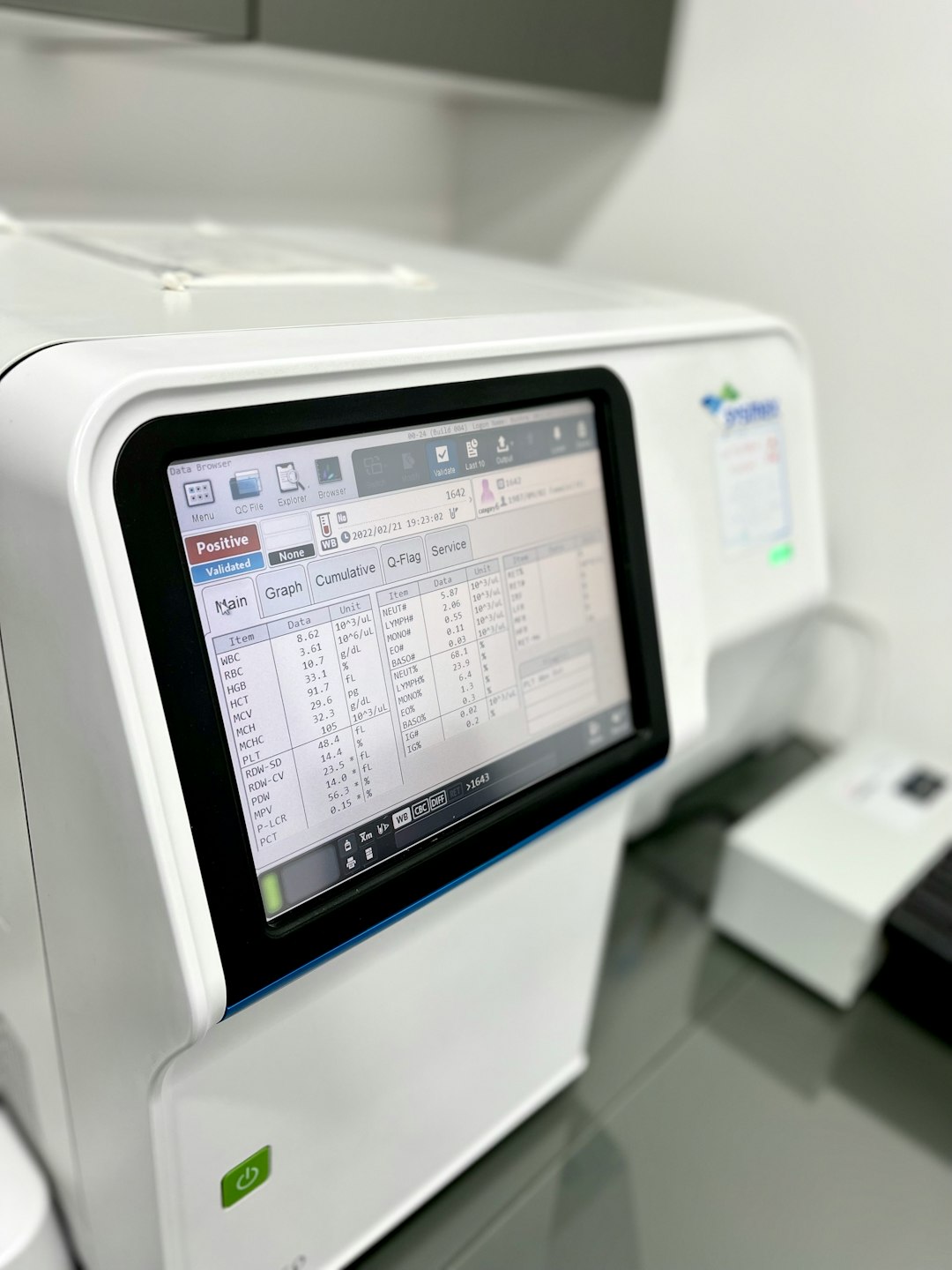In the evolving landscape of bioinformatics and genetic research, the FASTA file format remains a cornerstone for storing nucleotide sequences and amino acid sequences. Its simplicity and universal adoption make it indispensable in various genetics-related applications. To harness the power of this format, researchers rely on robust tools and software that can efficiently read, write, edit, and analyze FASTA files. This article explores the top tools and software platforms that support the FASTA format, enabling scientists around the world to decode, interpret, and manipulate genomic information effectively.
What is the FASTA Format?
The FASTA format is a text-based format for representing nucleotide or peptide sequences. Each sequence begins with a single-line description, followed by lines of sequence data. The header line starts with a > symbol, and subsequent lines contain the sequence itself. This simplicity makes the format human-readable and compatible with most bioinformatics applications.
1. BLAST (Basic Local Alignment Search Tool)
BLAST, developed by the National Center for Biotechnology Information (NCBI), is one of the most widely used tools for comparing a query sequence against a database. It supports FASTA files as input and allows researchers to find similarities between sequences quickly and efficiently.
- Function: Sequence alignment
- Use Case: Identifying gene function, phylogenetic analysis
- Platform: Online interface and stand-alone software

2. BioPython
BioPython is a comprehensive set of tools written in Python for biological computation. It includes modules for reading and writing FASTA files, making it an ideal choice for developers and researchers looking to automate sequence analysis workflows.
- Function: FASTA parsing, sequence manipulation
- Use Case: Custom bioinformatics pipelines, machine learning integration
- Platform: Python library, cross-platform compatibility
3. MEGA (Molecular Evolutionary Genetics Analysis)
MEGA is a powerful application for conducting statistical analysis of molecular evolution and constructing phylogenetic trees. It accepts FASTA files, making it easy to analyze gene sequences visually and statistically.
- Function: Evolutionary analysis, tree construction
- Use Case: Population genetics, comparative genomics
- Platform: Windows, macOS-based application
4. EMBOSS (European Molecular Biology Open Software Suite)
EMBOSS offers a suite of bioinformatics tools that can process and analyze FASTA files. Whether you’re performing sequence alignment or applying transformation algorithms, EMBOSS provides high flexibility and rapid processing.
- Function: Sequence analysis and alignment
- Use Case: Academic research, genetic diagnostics
- Platform: Command-line interface, Linux support
5. Geneious
Geneious is a commercial software offering a graphical interface for managing and analyzing biological data, including FASTA files. It excels in database management, primer design, and sequence annotation.
- Function: Multi-purpose sequence analysis
- Use Case: Laboratory research, commercial biotechnology
- Platform: Windows, macOS

6. UCSC Genome Browser
The UCSC Genome Browser allows users to visualize genomic data and download sequences in FASTA format. It is especially valuable for comparative genomics and provides extensive, curated genome datasets across many species.
- Function: Genome visualization and annotation
- Use Case: Educational and professional genomic analysis
- Platform: Web-based
7. Galaxy Project
Galaxy is a web-based platform designed for accessible, reproducible, and transparent computational biological analysis. It supports workflows that include reading and manipulating FASTA files, integrating them with other genomic tools.
- Function: Data integration and pipeline development
- Use Case: Collaborative and reproducible research
- Platform: Web-based, cloud-enabled
8. SeqKit
SeqKit is a fast and versatile toolkit that handles FASTA and FASTQ files. It is designed for genetic data manipulation and comes with a minimal and user-friendly command-line interface.
- Function: Sequence filtering, conversion, validation
- Use Case: Preprocessing sequences for analysis
- Platform: Cross-platform (Windows, macOS, Linux)
9. FASTA Suite (Bioconda)
This suite available through Bioconda includes a variety of command-line tools designed for high-performance sequence manipulation. It supports filtering, extraction, and transformation operations on FASTA files.
- Function: High-throughput sequence editing
- Use Case: Large-scale genomic workflows
- Platform: Conda package for Unix-based systems
10. SnapGene
SnapGene offers a smooth interface for visualizing and annotating DNA sequences. It allows importing and exporting of FASTA files, and supports seamless collaboration among researchers.
- Function: Sequence visualization, plasmid mapping
- Use Case: Synthetic biology, genetic engineering
- Platform: Desktop application

Conclusion
Handling FASTA format files is central to almost every task in computational genetics and molecular biology. Whether it’s building evolutionary trees, conducting alignments, or annotating new sequences, the tools listed above provide researchers with the flexibility and power needed to make meaningful discoveries. By integrating these tools into automated pipelines or using them as standalone solutions, scientists can streamline their research and gain deeper insights into the complex world of genomics.
Frequently Asked Questions (FAQs)
-
Q: What is the primary purpose of a FASTA file?
A: A FASTA file is used to store biological sequence data, such as DNA, RNA, or proteins, along with descriptive headers. -
Q: Can FASTA files be used for both nucleotides and amino acids?
A: Yes, the FASTA format supports both nucleotide and amino acid sequences. The type is typically indicated in the header or by the context of the file. -
Q: Is it necessary to use a graphical tool, or can command-line tools suffice?
A: Command-line tools like SeqKit or BioPython are efficient and scriptable, while graphical tools such as Geneious and SnapGene provide easier visualization and user interaction. The choice depends on the user’s proficiency and the task at hand. -
Q: Are there any cloud-based options for analyzing FASTA files?
A: Yes, platforms like Galaxy and the UCSC Genome Browser offer web-based solutions for viewing and analyzing FASTA files. -
Q: How can large FASTA files be managed efficiently?
A: Tools like FASTA Suite and SeqKit are optimized for processing large files quickly using minimal memory, ideal for high-throughput genomic work.
